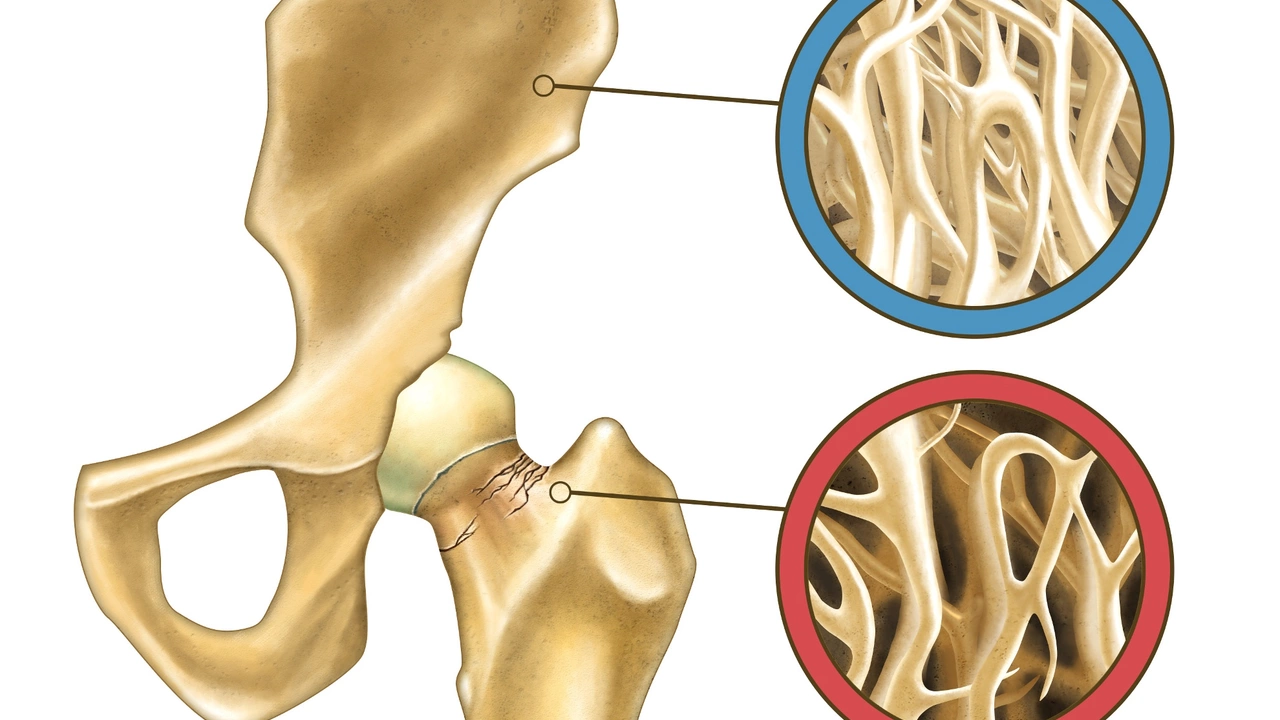Osteoporosis treatment: what helps build stronger bones
Finding out you have weak bones can feel scary, but there are clear steps that lower fracture risk and improve bone strength. This page cuts through the noise and gives practical, easy-to-follow advice on tests, medicines, daily habits, and simple precautions you can start using right away.
First, know how doctors judge bone health: a DEXA scan measures bone density and gives a T-score. A score of -2.5 or lower usually means osteoporosis; between -1.0 and -2.5 is osteopenia. Your doctor uses that score plus age, prior fractures, and other health factors to pick the right plan for you.
Daily basics that matter
Start with lifestyle changes that actually make a difference. Aim for 1,000–1,200 mg of calcium daily from food or supplements and 800–1,000 IU of vitamin D unless your doctor advises otherwise. Weight-bearing exercise—walking, stair climbing, light jogging—and strength training twice a week help bones and balance. Cut back on heavy drinking and quit smoking; both speed bone loss. Also check your home for fall risks: remove loose rugs, add handrails, improve lighting, and use non-slip mats.
Balance and muscle strength matter: try simple moves like heel raises, single-leg stands, or guided physical therapy if you’ve had falls before. Small changes reduce fracture risk more than you might expect.
Medications: what works and what to expect
There are two main medication approaches: antiresorptives slow bone loss, and anabolic drugs build new bone. Antiresorptives include bisphosphonates (alendronate, risedronate, zoledronic acid) and denosumab. These lower fracture risk for hip and spine fractures. Bisphosphonates are cheap and often taken weekly or yearly (IV). If you take oral bisphosphonates, swallow with a full glass of water and stay upright for 30–60 minutes to avoid irritation.
Anabolic drugs, like teriparatide and romosozumab, help build bone and are usually for people with severe osteoporosis or multiple fractures. They tend to be more expensive and are given by injection under medical supervision. Your doctor will discuss which fits your situation.
All drugs have possible side effects. Bisphosphonates can rarely cause atypical femur fractures or jaw issues; denosumab needs careful stopping plans to avoid rebound bone loss. Discuss risks, monitoring, and how long you should stay on treatment—many people take medication for several years with periodic reassessment.
Monitoring is simple: repeat DEXA scans every 1–3 years as advised, and report any new pain or fractures right away. If you have a new fracture, urgent review can change treatment to a stronger option.
Ready to act? Talk to your doctor about your DEXA score, fracture history, and preferences. Small daily habits plus the right medication when needed can cut your fracture risk and keep you active. If you want, I can outline questions to ask your clinician or list exercises that improve balance and strength.

